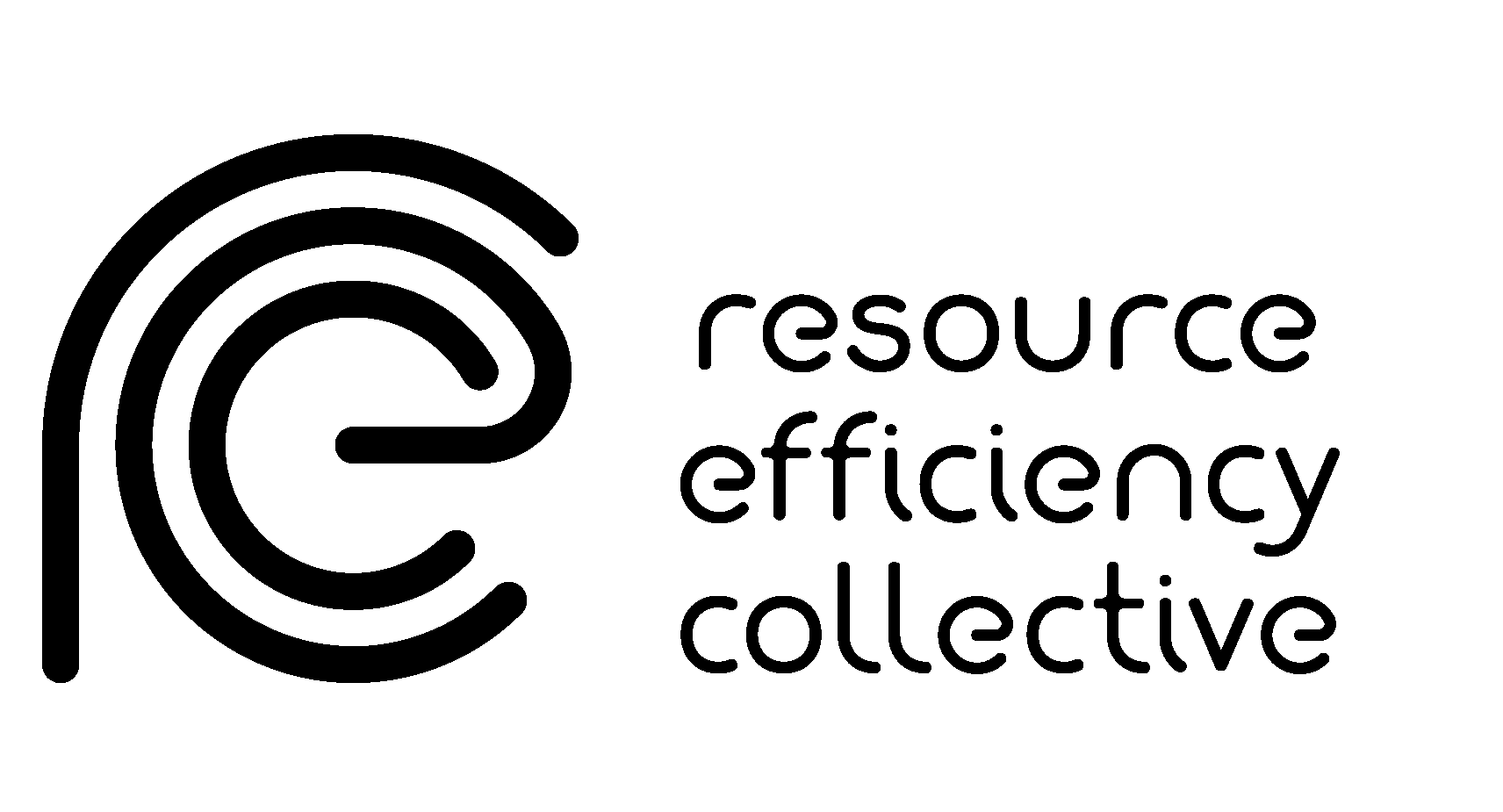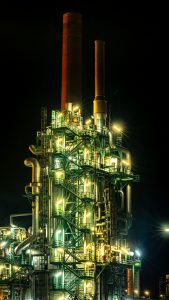Material Flows and Efficiency
Attempts to track material flows and calculate the efficiency of material systems go hand in hand. Questions of where materials come from, where materials go, and how much is lost along the way, are embedded in human societies.
This article reviews material flows and efficiency. We first focus on material flow analysis (MFA) and its three key tenets: presentation of materials, visualisation of the flow structure, and insights derived from analysis. After reviewing recent literature on MFA, we discuss its role in material efficiency calculations and ‘what-if’ scenario analysis for informed decision-making.
We investigate the origins and motivations behind the material efficiency paradigm and the key efficiency strategies and practices developed in recent years and conclude by suggesting priorities for a future research agenda.
Despite the recent interest in and importance of mapping materials in society, progress is still slow due to the limited visibility of material supply chains and the challenges of obtaining data across multiple materials and processes.
Tracing the supply chain for a single product (as is undertaken in life-cycle assessment (LCA) studies) is time-consuming but still possible. Tracking multiple material supply chains across the breadth of society is even more difficult. Yet, it is only through mapping materials and characterising the efficiency of supply chain processes that opportunities for mitigating emissions along the supply chain are revealed and can be properly assessed. This is what makes material flow analysis (MFA) and material efficiency so important.
Material Flow Analysis
Material Flow Analysis has become a standard tool for understanding the scale of material flows through parts of society, for linking these flows to environmental impacts related to material extraction and production, and for exploring options to ensure materials are used efficiently. There are three key tenets of MFA:
Materials. What different materials are present? How are these measured?
Flow structure. What is the underlying flow structure? How is this best visualised? How are data reconciled and uncertainty incorporated?
Analysis: What insight is gained about the material system?
Together, these elements render MFA extremely useful for disentangling and demystifying complicated supply chains, letting us see where environmental impacts occur and where they can most effectively be mitigated.
Material Efficiency
Material efficiency is the provision of services (shelter, transportation, sanitation, etc.) with less material production. There are a range of key strategies for increasing material efficiency, including increasing process yields, lightweighting, increasing intensity of use, prolonging product life spans, reusing components or scraps in new products, and improving recycling. There are a range of barriers to adopting these strategies, however, spanning from reduced performance of secondary materials and products to cultural resistance.
Despite these barriers, there is great potential for material efficiency in environmental policy. Maximising the useful output and services from the material input could allow us to keep meeting demand but reduce negative environmental impacts. More work is still needed to investigate the costs and trade-offs of material efficiency to inform detailed policy making.
These strategies also need to be pursued alongside demand reduction if absolute volumes of emissions and waste are to be reduced. Material efficiency will not reduce environmental impacts if efficiencies lead to cheaper materials that drive further consumption—the rebound effect. Therefore, efforts to improve material efficiency may need to be accompanied by policy regulations to disincentivise waste and emissions, such as taxes on carbon emissions.
Future research should consider the material flows of developing countries’ economies and how they can implement material efficiency strategies whilst they are still building up their material stocks for the first time. Across the globe, material efficiency must be used to decouple economic development from the growing use of materials.
Read the full paper from Jonathan Cullen and Daniel Cooper here: Material Flows and Efficiency













